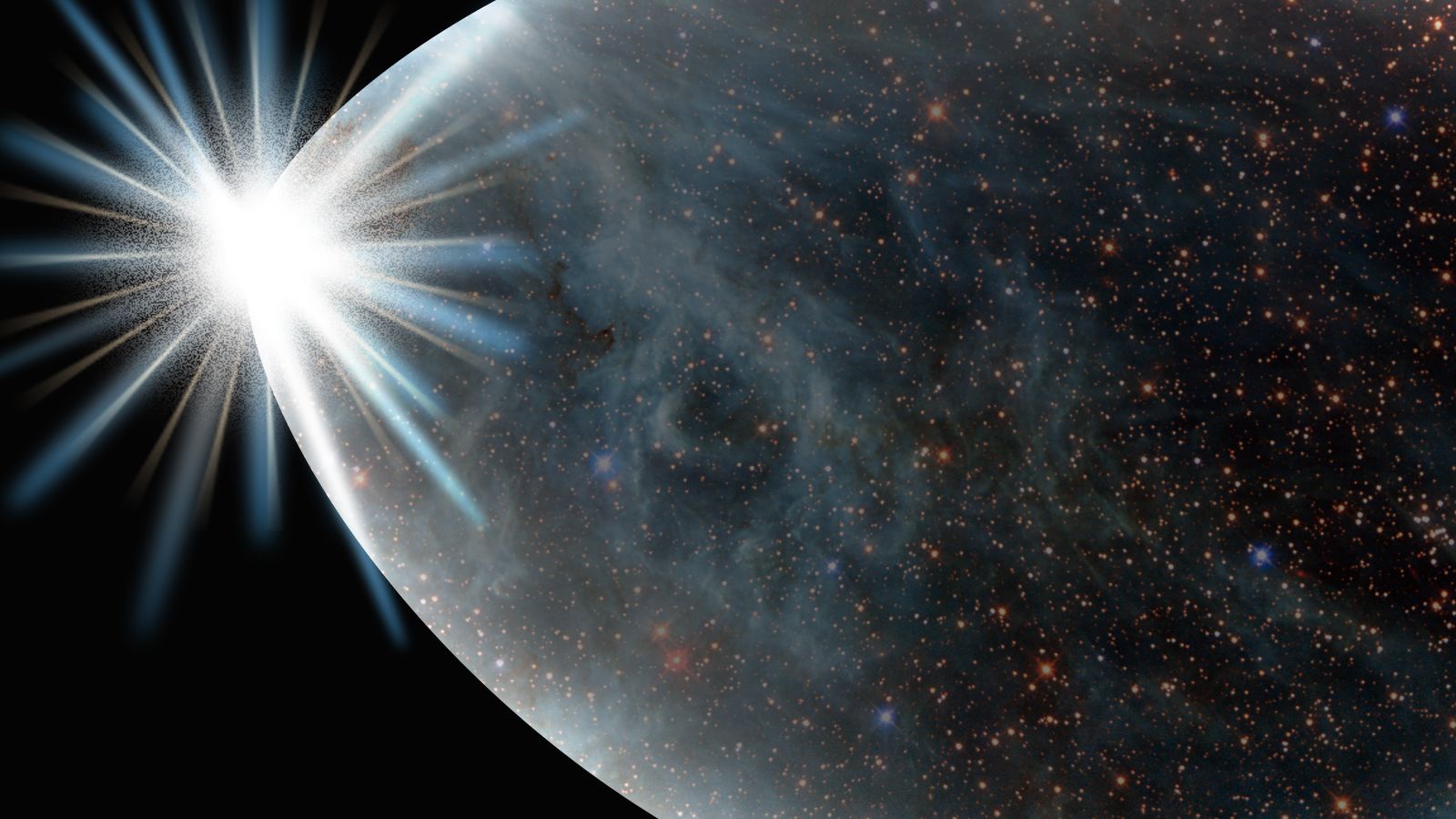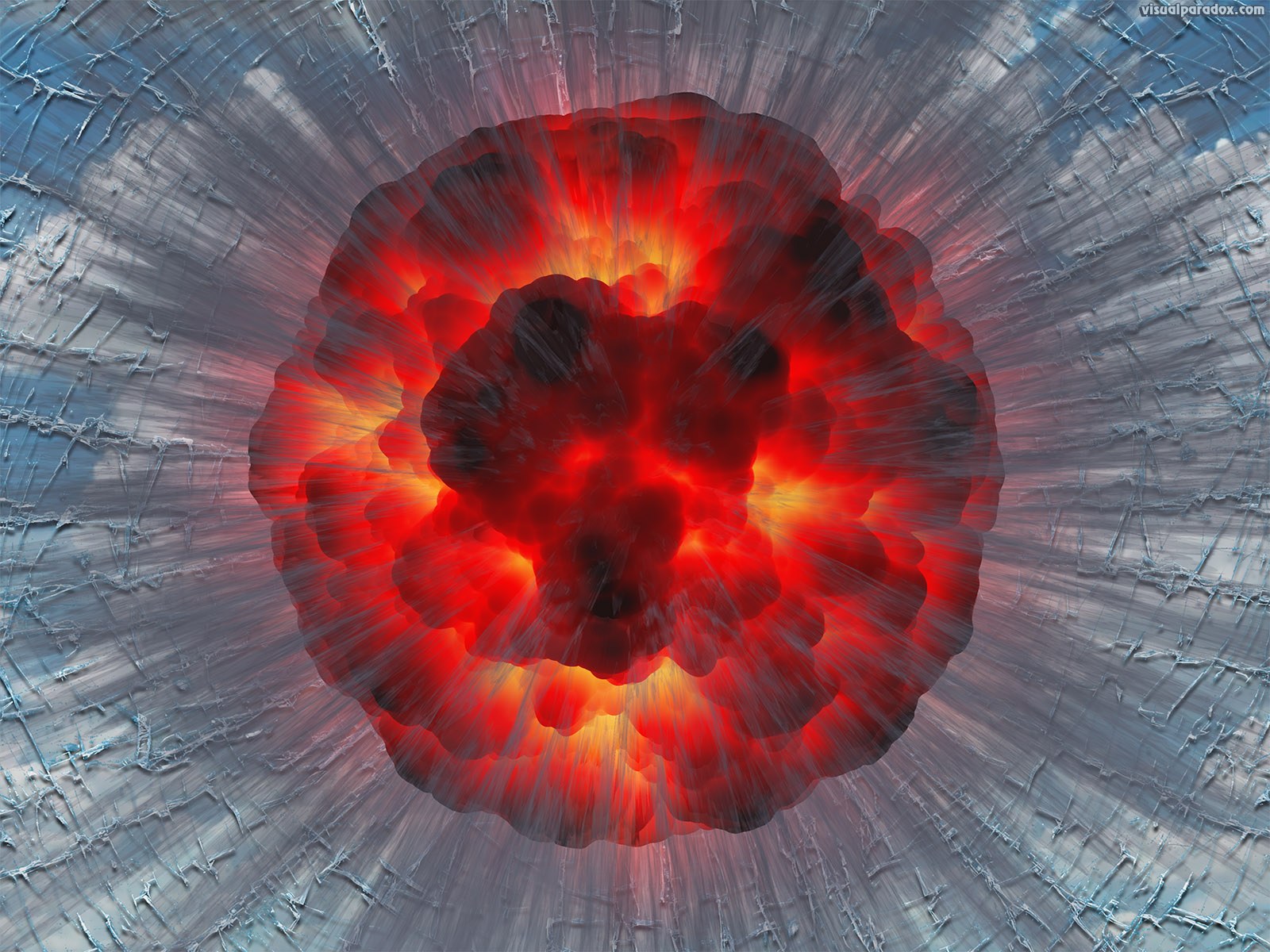Big Bang | Mar 17, 2021 · the big bang is how astronomers explain the way the universe began. The big bang theory is an effort to explain what happened at the very beginning of our universe. The big bang is the name that scientists use for the most common theory of the universe, from the very early stages to the present day. This hypothetical starting point of everything was an infinite concentration of energy referred to as a singularity. According to objective, empirical science, all space, time, and energy came into existence together in a single moment:
The model describes how the universe expanded from an initial state of high density and temperature, and offers a comprehensive explanation for a broad range of observed phenomena, including the abundance of light. The big bang is the name that scientists use for the most common theory of the universe, from the very early stages to the present day. The big bang theory is an effort to explain what happened at the very beginning of our universe. About a billion years after the big bang, gravity caused these atoms to gather in huge clouds of gas, forming collections of stars known as galaxies. The big bang is a theory describing the expansion of our universe from a point of origin roughly 13.8 billion years ago.

With johnny galecki, jim parsons, kaley cuoco, simon helberg. Missions study cosmic background radiation nasa has launched two missions to study the cosmic background radiation, taking baby pictures of the universe only 400,000 years after it was born. Created by chuck lorre, bill prady. This hypothetical starting point of everything was an infinite concentration of energy referred to as a singularity. It is the idea that the universe began as just a single point, then expanded and stretched to grow as large as it is right now—and it is still stretching! According to objective, empirical science, all space, time, and energy came into existence together in a single moment: The big bang is the name that scientists use for the most common theory of the universe, from the very early stages to the present day. Apr 26, 2021 · apparent evidence for the big bang, regardless of how one interprets it, is a stunning example of science and theology intersecting. The big bang is a theory describing the expansion of our universe from a point of origin roughly 13.8 billion years ago. The model describes how the universe expanded from an initial state of high density and temperature, and offers a comprehensive explanation for a broad range of observed phenomena, including the abundance of light. Mar 17, 2021 · the big bang is how astronomers explain the way the universe began. The big bang is a scientific theory about how the universe started, and then made the stars and galaxies we see today. The big bang theory is an effort to explain what happened at the very beginning of our universe.
This hypothetical starting point of everything was an infinite concentration of energy referred to as a singularity. Created by chuck lorre, bill prady. Mar 17, 2021 · the big bang is how astronomers explain the way the universe began. The model describes how the universe expanded from an initial state of high density and temperature, and offers a comprehensive explanation for a broad range of observed phenomena, including the abundance of light. Missions study cosmic background radiation nasa has launched two missions to study the cosmic background radiation, taking baby pictures of the universe only 400,000 years after it was born.
About a billion years after the big bang, gravity caused these atoms to gather in huge clouds of gas, forming collections of stars known as galaxies. Created by chuck lorre, bill prady. With johnny galecki, jim parsons, kaley cuoco, simon helberg. The big bang is a theory describing the expansion of our universe from a point of origin roughly 13.8 billion years ago. The model describes how the universe expanded from an initial state of high density and temperature, and offers a comprehensive explanation for a broad range of observed phenomena, including the abundance of light. According to objective, empirical science, all space, time, and energy came into existence together in a single moment: It is the idea that the universe began as just a single point, then expanded and stretched to grow as large as it is right now—and it is still stretching! The big bang is a scientific theory about how the universe started, and then made the stars and galaxies we see today. This hypothetical starting point of everything was an infinite concentration of energy referred to as a singularity. Mar 17, 2021 · the big bang is how astronomers explain the way the universe began. Missions study cosmic background radiation nasa has launched two missions to study the cosmic background radiation, taking baby pictures of the universe only 400,000 years after it was born. Apr 26, 2021 · apparent evidence for the big bang, regardless of how one interprets it, is a stunning example of science and theology intersecting. A woman who moves into an apartment across the hall from two brilliant but socially awkward physicists shows them how little they know about life outside of the laboratory.
The big bang is a theory describing the expansion of our universe from a point of origin roughly 13.8 billion years ago. With johnny galecki, jim parsons, kaley cuoco, simon helberg. It is the idea that the universe began as just a single point, then expanded and stretched to grow as large as it is right now—and it is still stretching! This hypothetical starting point of everything was an infinite concentration of energy referred to as a singularity. Created by chuck lorre, bill prady.

According to objective, empirical science, all space, time, and energy came into existence together in a single moment: Mar 17, 2021 · the big bang is how astronomers explain the way the universe began. The model describes how the universe expanded from an initial state of high density and temperature, and offers a comprehensive explanation for a broad range of observed phenomena, including the abundance of light. It is the idea that the universe began as just a single point, then expanded and stretched to grow as large as it is right now—and it is still stretching! About a billion years after the big bang, gravity caused these atoms to gather in huge clouds of gas, forming collections of stars known as galaxies. This hypothetical starting point of everything was an infinite concentration of energy referred to as a singularity. The big bang theory is an effort to explain what happened at the very beginning of our universe. The big bang is a scientific theory about how the universe started, and then made the stars and galaxies we see today. A woman who moves into an apartment across the hall from two brilliant but socially awkward physicists shows them how little they know about life outside of the laboratory. Created by chuck lorre, bill prady. Apr 26, 2021 · apparent evidence for the big bang, regardless of how one interprets it, is a stunning example of science and theology intersecting. The big bang is the name that scientists use for the most common theory of the universe, from the very early stages to the present day. Discoveries in astronomy and physics have shown beyond a reasonable doubt that our universe did in fact have a beginning.
Big Bang: The big bang is the name that scientists use for the most common theory of the universe, from the very early stages to the present day.